What Are Anaheim Chili Peppers?
The Anaheim chili pepper is a versatile, mild to medium-hot chili pepper widely used in Mexican and Southwestern American cuisine. Originating from Anaheim, California, it features a long, slender shape and vibrant green color when unripe, turning bright red or orange when fully matured. Known for its balanced flavor profile, it's ideal for adding subtle heat without overwhelming dishes.
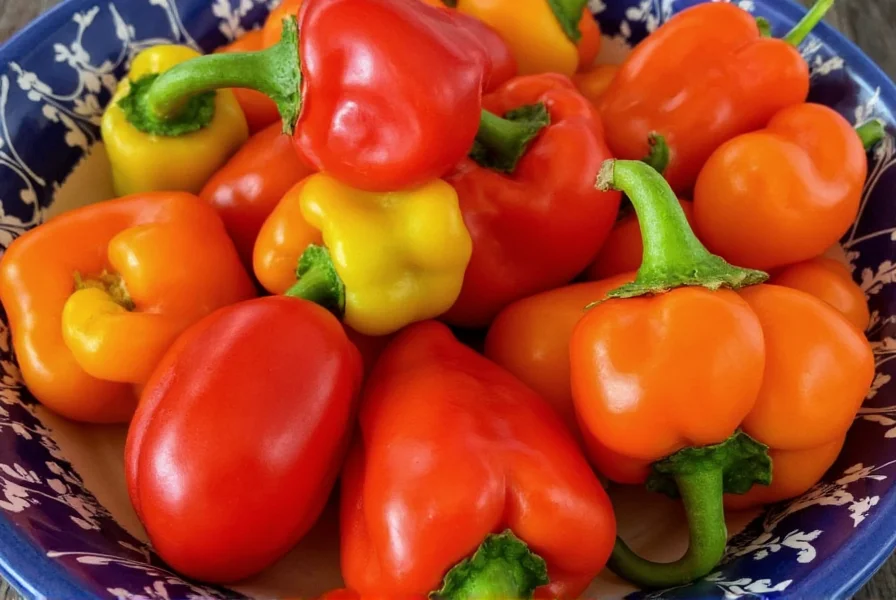
These peppers are commonly used fresh, dried, or roasted, making them highly adaptable for various cooking applications.
Flavor Profile and Heat Level
Anaheim chili peppers typically range from 500 to 2,500 Scoville Heat Units (SHU), placing them at the lower end of the heat scale. They offer a mild, sweet flavor with subtle earthy and fruity notes that mellow further when cooked. Roasting or grilling enhances their natural sweetness while reducing sharpness, making them perfect for salsas, sauces, and stuffed dishes.
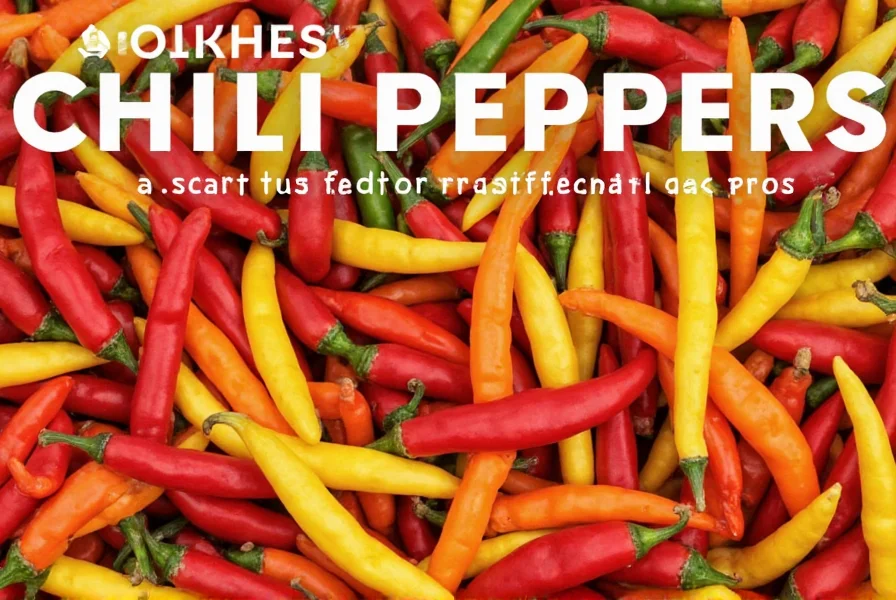
Culinary Uses and Popular Dishes
These peppers' versatility makes them a kitchen staple. Key applications include:
- Salsa: Fresh or roasted Anaheim peppers create smooth, creamy textures with gentle heat for homemade salsas.
- Green Chile Sauce: A New Mexico classic where roasted Anaheim peppers are blended with garlic and broth for enchiladas or rice dishes.
- Stuffed Peppers: Their thick walls hold cheese, meat, or vegetable fillings perfectly.
- Roasted Applications: Charred peppers add smoky depth to dips, pizza toppings, or taco garnishes.
- Dried or Ground: Dried versions can be powdered for spice blends or rehydrated in stews and soups.
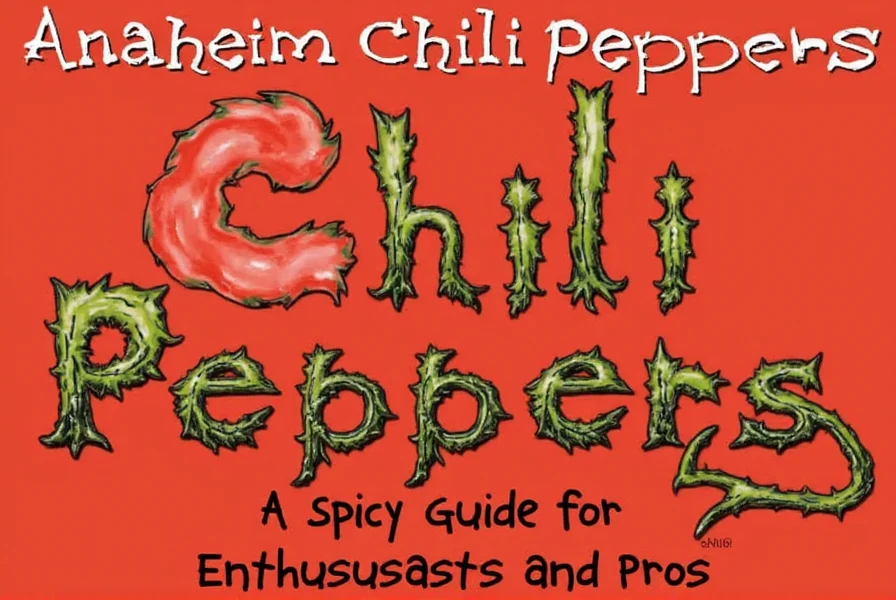
Buying Guide: How to Choose the Best Anaheim Chilies
Ensure quality by checking these factors:
Key Features to Look For
- Freshness: Firm, plump peppers with no soft spots or wrinkles. Avoid shriveled or discolored ones.
- Color: Green for unripe (crisp texture), red/orange for ripe (sweeter flavor).
- Size: Larger peppers offer more developed flavor; smaller ones suit quick recipes.
- Smell: Mild, earthy aroma—avoid sour or off smells indicating spoilage.
Recommended Products
| Product | Features | Use Cases | Target Audience | Suitable Occasions |
|---|---|---|---|---|
| Fresh Anaheim Chili Peppers | Organic, locally grown, firm and plump | Roasting, sautéing, stuffing | Home cooks, food enthusiasts | Weekend meals, family dinners |
| Dried Anaheim Chili Peppers | Dark red, brittle, rich in flavor | Grinding into powder, rehydrating for sauces | Chefs, spice lovers | Specialty cooking, holiday meals |
| Pre-Roasted Anaheim Chili Peppers | Ready-to-use, smoky and sweet | Adding to dips, spreads, or toppings | Busy individuals, casual cooks | Potlucks, game nights, quick snacks |
For convenience, choose pre-roasted options. For maximum flavor control, opt for fresh or dried varieties.
Cooking Tips and Techniques
Maximize flavor with these expert methods:
- Roasting: Bake at 400°F (200°C) until blistered—enhances sweetness and simplifies peeling.
- Grilling: Brush with oil and grill until softened for smoky salsas or toppings.
- Blending: Create creamy sauces by blending with lime juice, garlic, or cilantro.
- Storing: Refrigerate unwashed fresh peppers in paper bags for up to 2 weeks. Freeze roasted peppers for 6 months or store dried peppers in airtight containers.
- Substituting: Use poblano peppers for similar mild heat; for hotter applications, replace with half a jalapeño per Anaheim pepper.
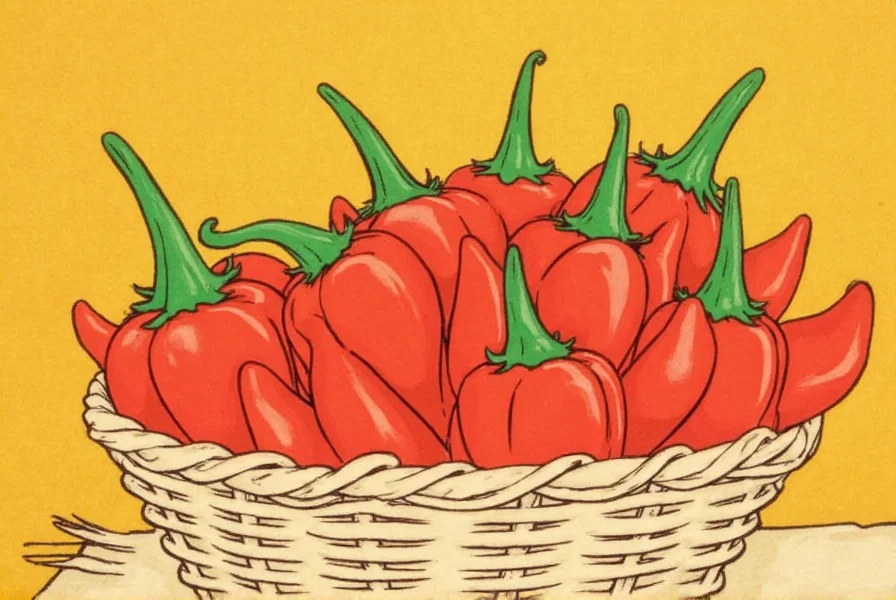
Comparison with Other Common Chili Peppers
Choose the right pepper for your dish with this quick reference:
| Chili Pepper | Heat Level | Flavor | Best Use |
|---|---|---|---|
| Anaheim | Mild to Medium (500–2,500 SHU) | Earthy, slightly sweet, fruity | Salsas, roasting, stuffing |
| Poblano | Mild to Medium (1,000–1,500 SHU) | Earthy, nutty, slightly bitter | Stuffed, roasting, sauces |
| Jalapeño | Mild to Medium (2,500–8,000 SHU) | Peppery, grassy, tangy | Snacks, salsas, pickling |
| Serrano | Medium to Hot (10,000–23,000 SHU) | Sharp, peppery, citrusy | Hot sauces, salsas, pickling |
| Chipotle | Medium to Hot (10,000–23,000 SHU) | Smoky, sweet, spicy | Marinades, sauces, grilled dishes |
Anaheim peppers provide a balanced heat profile—milder than jalapeños but more versatile than poblanos—making them ideal for everyday cooking.
Frequently Asked Questions
What are the 3 must-know culinary uses for Anaheim chili peppers?
The top three essential uses are: 1) Making authentic New Mexico-style green chile sauce (roasted Anaheim peppers blended with garlic and broth), 2) Stuffed pepper dishes (their thick walls hold fillings like cheese or meat beautifully), and 3) Salsas and dips (roasted Anaheim peppers create a smooth, mild base perfect for everyday use).
How hot are Anaheim peppers compared to jalapeños?
Anaheim peppers are significantly milder than jalapeños, with a heat range of 500-2,500 SHU versus jalapeños' 2,500-8,000 SHU. This means Anaheim peppers typically deliver 2-4 times less heat, allowing their sweet, earthy flavor to shine without overwhelming dishes.
Can I substitute Anaheim peppers with other chilies in recipes?
Yes, poblano peppers are the closest substitute (similar mild heat and earthy flavor), though slightly larger. For hotter applications, use half a jalapeño per Anaheim pepper. Avoid extremely hot peppers like habaneros. Canned mild green chiles work well as a convenient alternative for roasted recipes.
How do I properly store fresh Anaheim chilies to maximize freshness?
Store unwashed fresh Anaheim peppers in the crisper drawer of your refrigerator for up to 2 weeks. Place them in a paper bag (not plastic) to absorb excess moisture. For longer storage, roast and freeze them in airtight containers for up to 6 months. Dried Anaheim peppers should be kept in an airtight container away from light and heat for up to 1 year.
Do Anaheim peppers need to be peeled before cooking?
Peeling is recommended after roasting because the skin becomes papery and bitter, though it's not strictly necessary. When used raw in salsas or salads, the skin is perfectly edible. For smooth sauces and purees, peeling ensures the best texture. To peel easily, place roasted peppers in a sealed container for 10 minutes to steam, then the skin should rub off effortlessly.
Conclusion
Anaheim chili peppers are a versatile kitchen essential, offering mild heat (500-2500 SHU), sweet earthy flavor, and adaptability for diverse dishes. From green chile sauce to roasted salsas, they elevate everyday cooking without overpowering other ingredients. By mastering their selection, storage, and preparation techniques, you can confidently incorporate them into meals for consistent, delicious results.
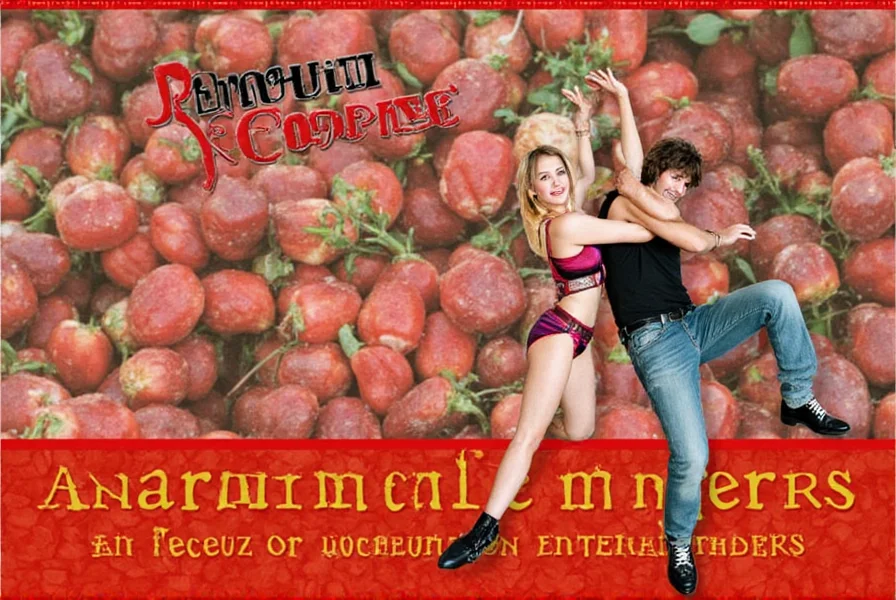

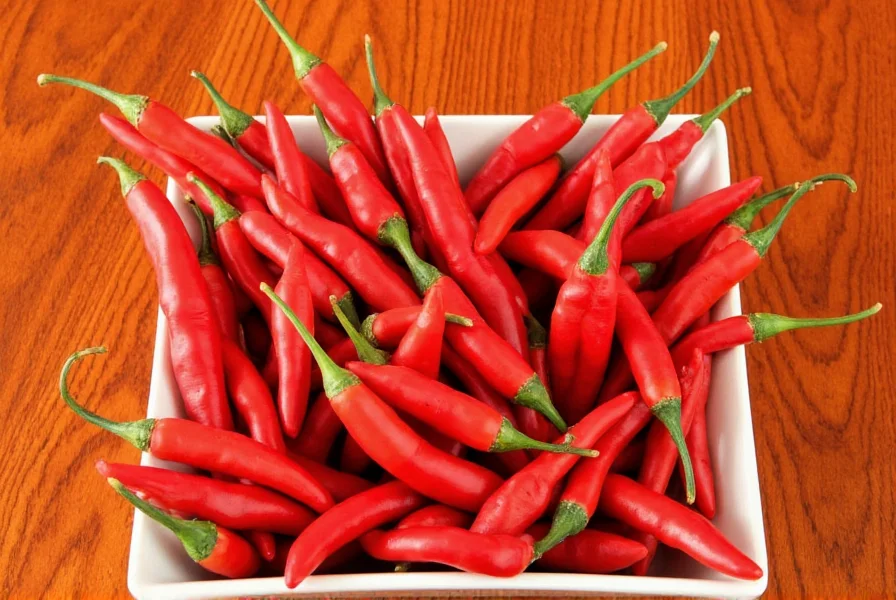









 浙公网安备
33010002000092号
浙公网安备
33010002000092号 浙B2-20120091-4
浙B2-20120091-4